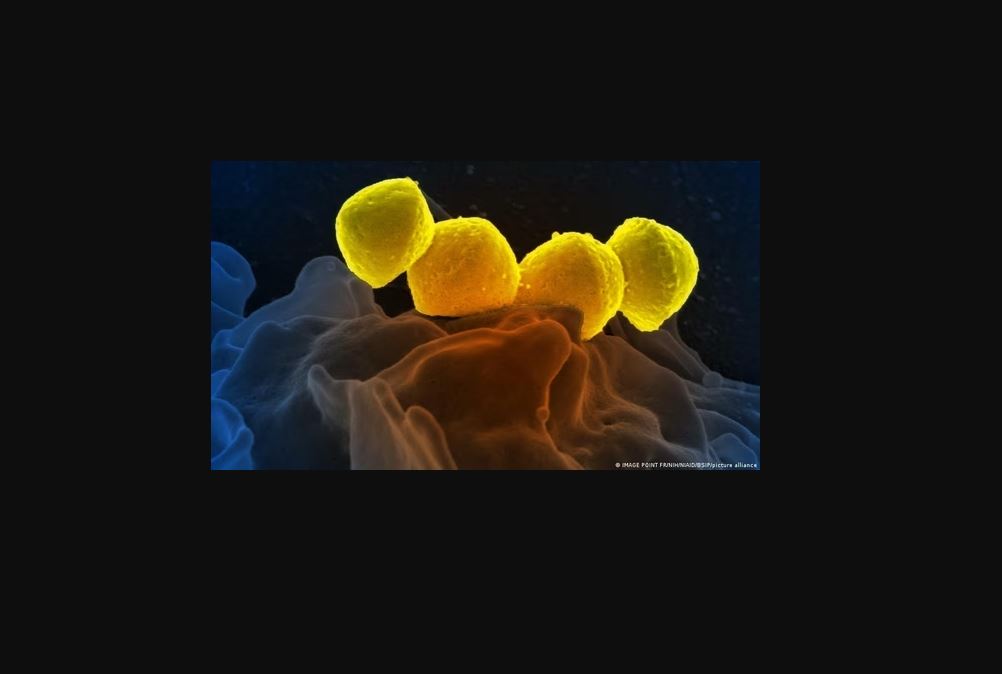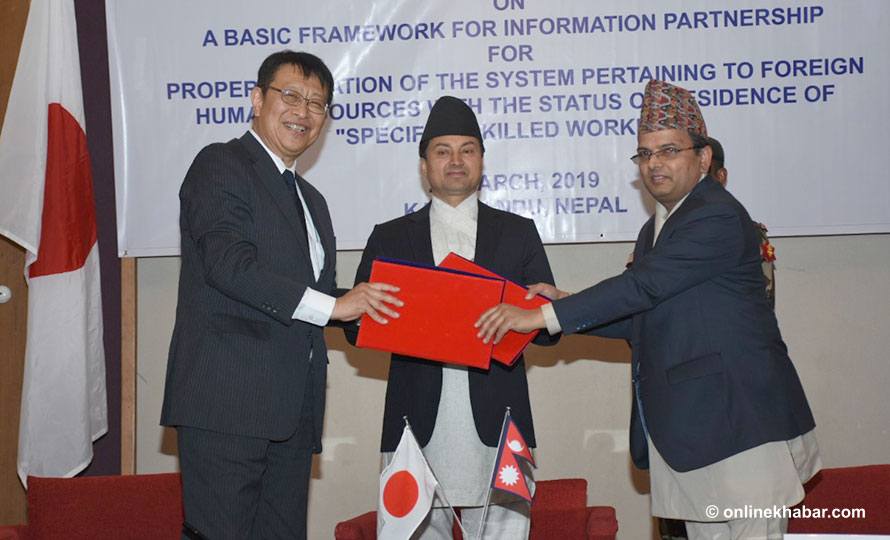
Streptococcal toxic shock syndrome (STSS), a serious illness frequently brought on by group A streptococcus bacterium, has been alarmingly common in Japan in recent months. Concerns about this abrupt increase have been expressed by both the public and health authorities, which has led to a critical assessment of public health awareness and preventive measures. The fatality rate is startling: up to 30 per cent of those infected die out of the infection, most frequently in the shockingly short 48-hour period following the onset of symptoms.
Japan had 1,019 cases (77 deaths) of STSS in the first half of 2024, which is more than all of the cases from the previous year. The Japanese National Institute of Infectious Diseases reported a marked jump in March fatalities, with 77 of those deaths occurring in those 50 years of age and older. According to the CDC’s most recent data, 145 STSS cases were documented in the United States in 2021.
Although STSS is not a brand-new issue, the current rise in cases warrants consideration. The earliest symptoms of the condition, which include fever, chills, and muscle pains, are similar to those of common infections and can advance quickly. This particular condition differs from ordinary strep throat primarily due to a specific gene that produces a toxin that causes the severe symptoms seen in this outbreak. What sets STSS apart is its ability to worsen quickly, resulting in hypotension, organ failure, and in serious cases, necrotizing fasciitis, also referred to as “flesh-eating disease.”
False signal to be well
You tend to be well, and then become acutely quite sick. The unexpectedly common group A streptococcus bacteria are the primary cause of STSS. As many as 20 per cent of healthy persons carry these bacteria asymptomatically. Microbes can become aggressive, though, in specific situations. People over 50, those with compromised immune systems, and those who have recently had surgical wounds or skin injuries are all at risk.
The current outbreak in Japan, with over 1,000 reported cases and a mortality rate that underscores its severity, has been linked to factors including immune vulnerability and perhaps even shifts in public health practices post-COVID-19 restrictions. Exposure to bacteria helps strengthen our immune system, but COVID-19 restrictions limited this exposure causing “immune debt”. Now, encountering bacteria, we are more vulnerable to severe infections. This resurgence serves as a stark reminder of the importance of stringent hygiene practices and early medical intervention.
Prevention is key
Washing hands can prevent STSS infection
Basic hygienic habits are the first step towards effective prevention. Hand washing regularly is still the best way to protect yourself from a variety of infections, including group A streptococcus infections. Any indication of infection requires immediate medical attention, especially in those with risk factors like diabetes, liver cirrhosis, or recent surgical procedures.
Raising awareness of the signs and symptoms of necrotizing fasciitis and STSS must be the top priority for educational programs. Since treatment delays might worsen the infection’s progression, early detection and prompt response can greatly improve outcomes.
Moving forward
There is an immediate need for coordinated actions across public health sectors as Japan deals with this concerning rise in STSS patients. To lessen the effects of this fatal disease, improved surveillance, quick diagnosis, and easy access to quality medical care are essential. Although there is not a single test for STSS, group A streptococcus identification is usually necessary for diagnosis, coupled with symptoms including hypotension and organ dysfunction in two or more organs (such as the blood, kidneys, liver, lungs, skin, or soft tissue).
Hospitalisation is required for STSS, and initial care focuses on treating shock and organ failure using techniques like fluid resuscitation. When treating STSS, first-line antibiotics like penicillin and clindamycin are frequently given in combination. Even though ampicillin is frequently used, many Streptococcus pyogenes strains are becoming resistant to a variety of antibiotics. The use of non-steroidal anti-inflammatory medicines (NSAIDs) may increase the incidence of STSS, according to the limited data.
To sum up, although the number of STSS cases in Japan has recently increased, proactive steps and increased public awareness can lessen the disease’s spread and effects. Together, we can tackle this new health danger and protect our communities by emphasising sanitation, early detection, and educated healthcare practices.






















